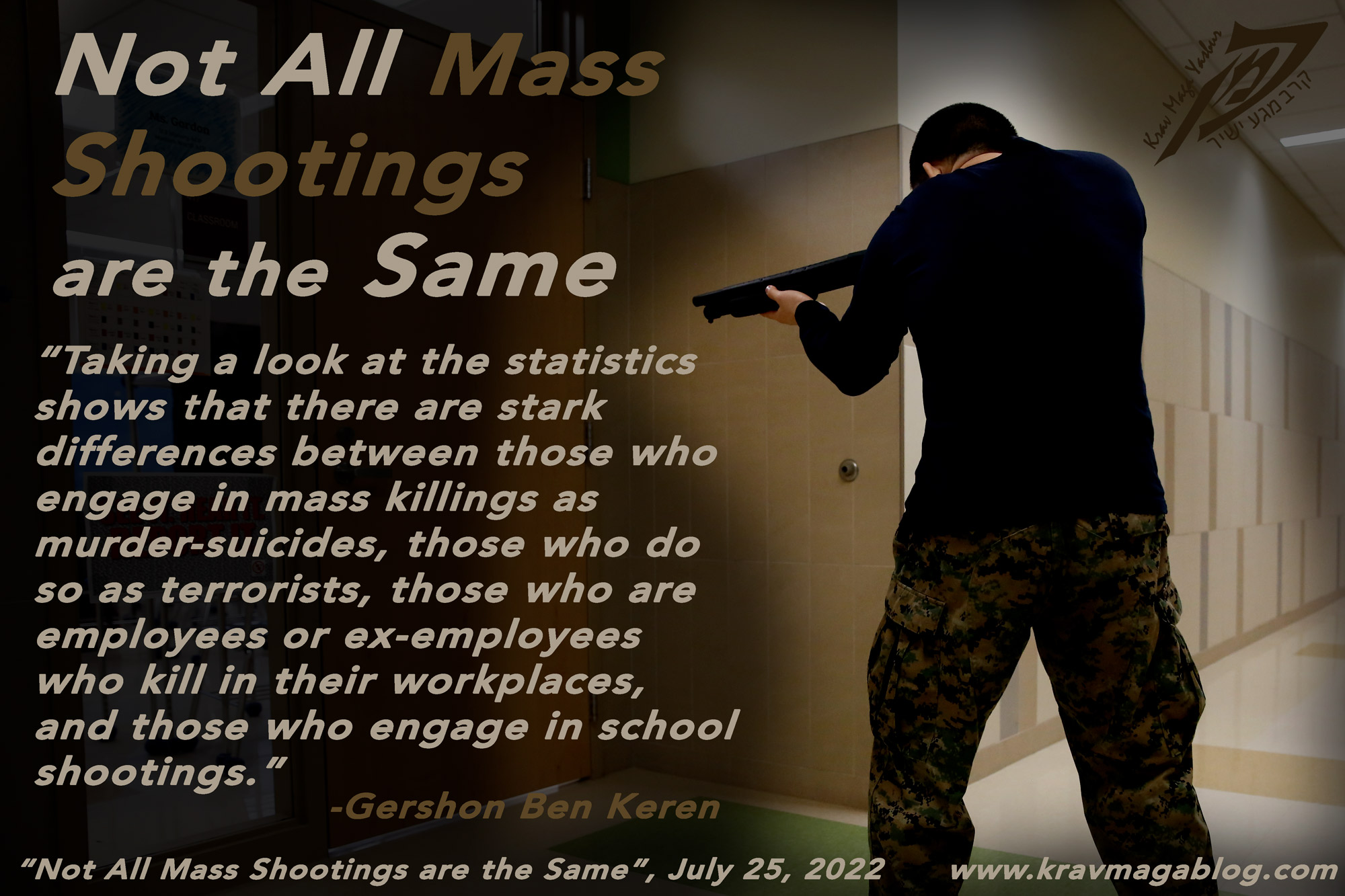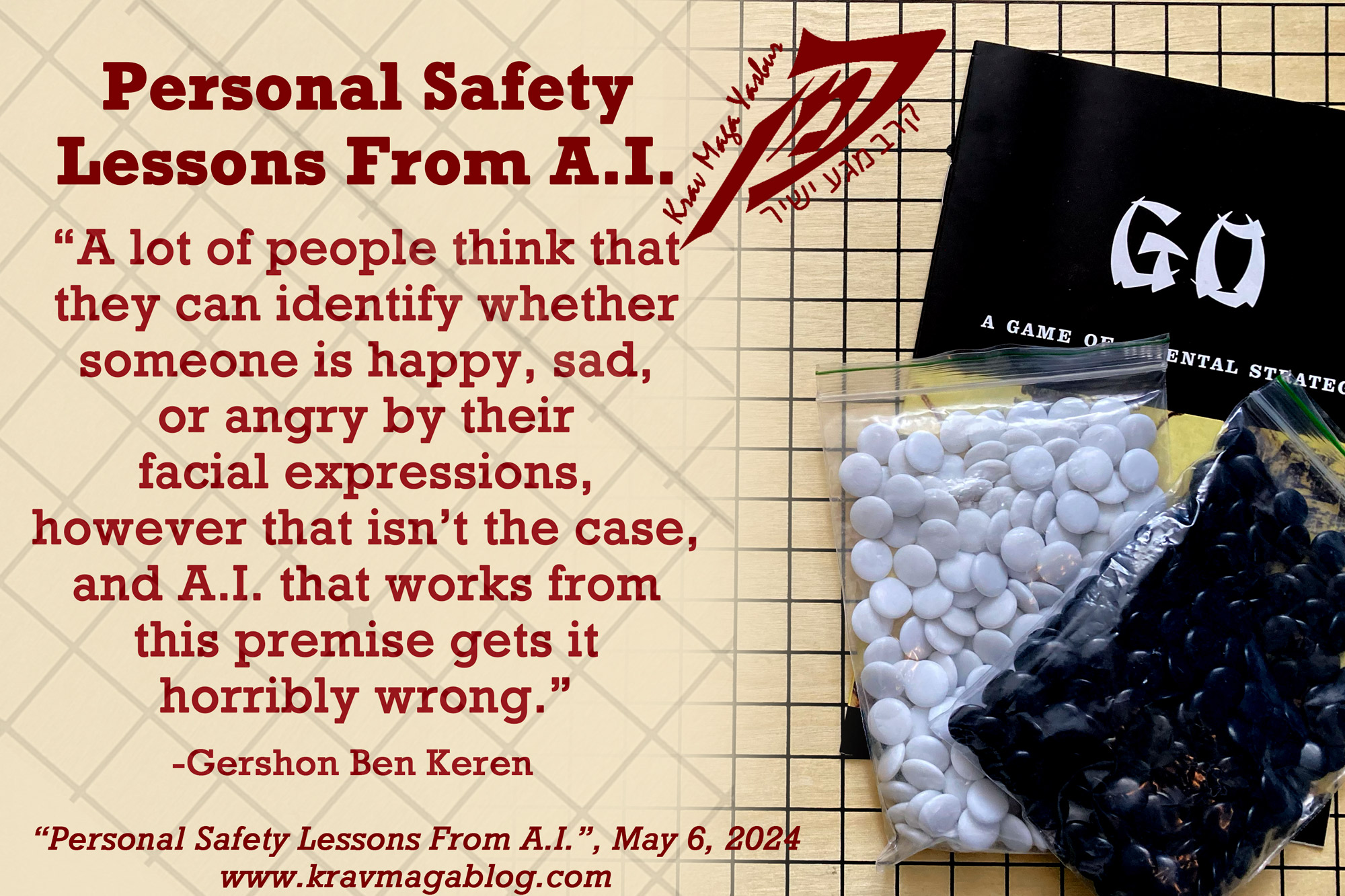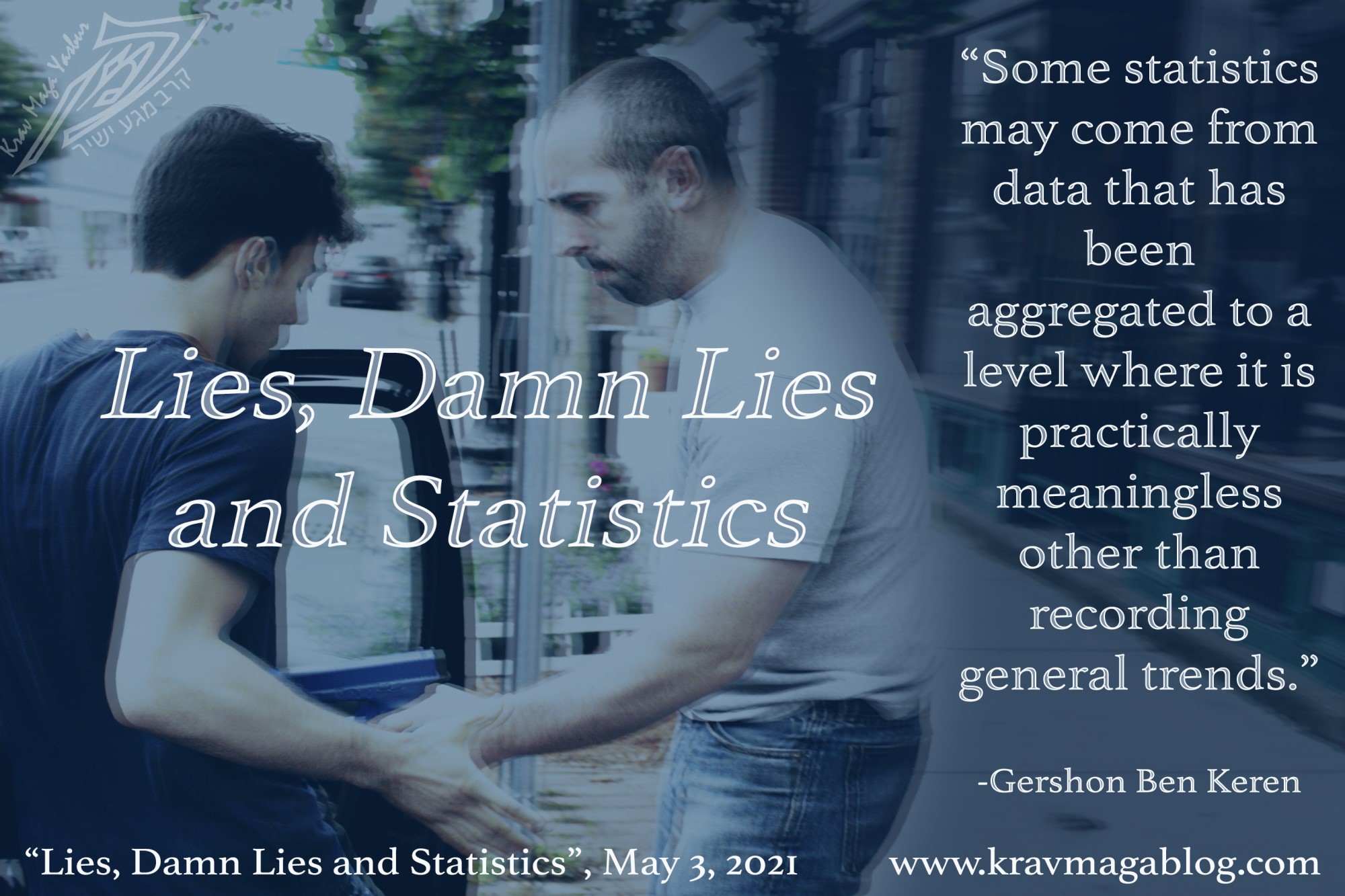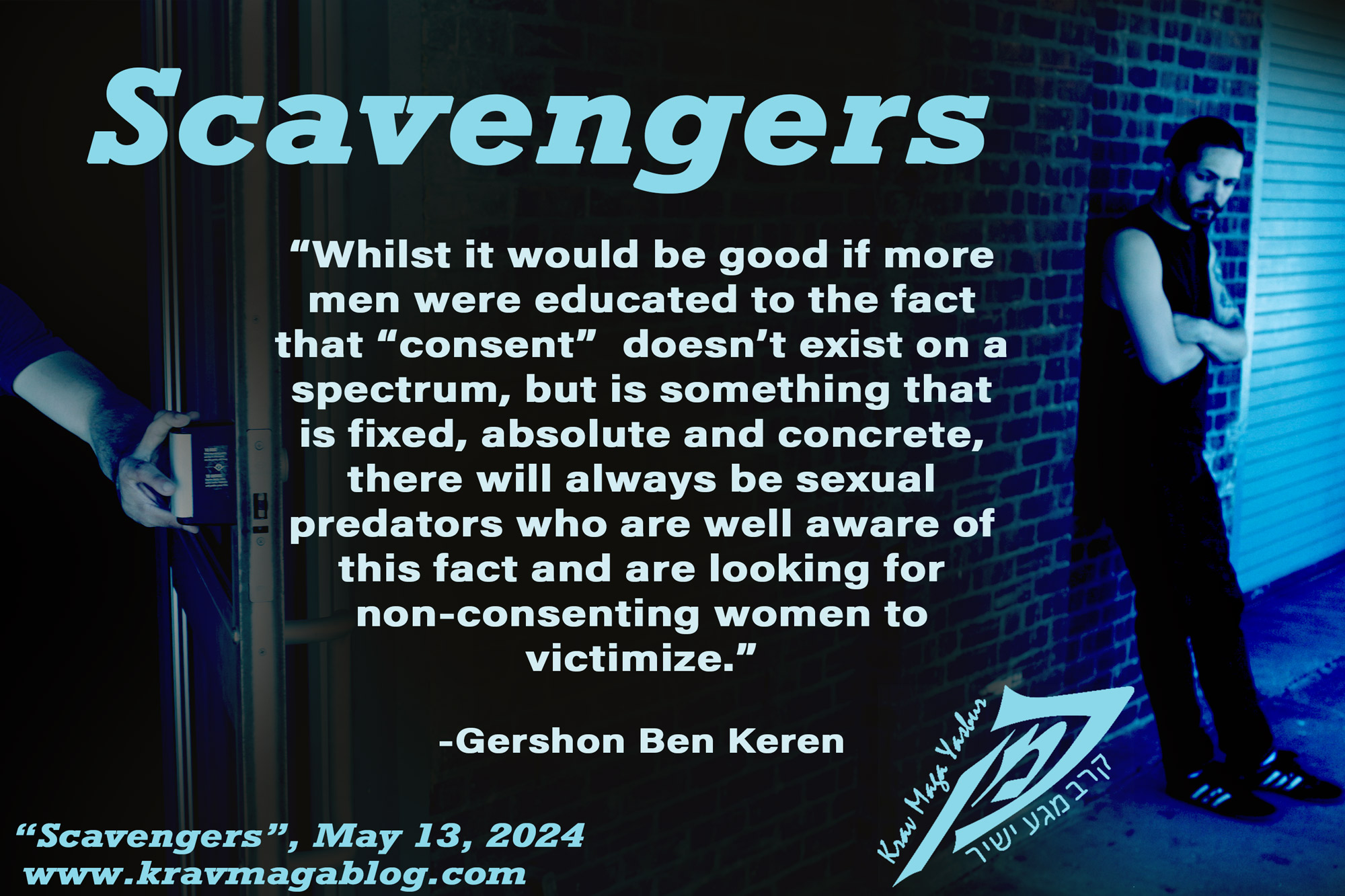Use of Force, is an article written by Gershon Ben Keren, a 5th Degree Black Belt in Krav Maga, who teaches Krav Maga in Boston, MA. He has also authored three Amazon best-Selling Books on Krav Maga.
Just because somebody believes something should be the case, or that something makes sense to them, doesn’t mean that it is. I recently received a critical review of my book, “Krav Maga: Real World Solutions to Real World Violence”, where the reviewer, claimed that my response(s) to dealing with an assailant armed with a blade were both disproportionate, illegal, and a violation of the human rights of the attacker under European Law. I’m quite sure that the writer of the review would like to see me brought to The Hague to answer for my “war” crimes, of “excessive” use of force. This week, I was also asked my opinion on an incident of “road rage” that one of the attendees of our women’s self-defense class was involved in and the use of force that she would have been permitted to use should the situation have escalated into a physical confrontation. In this article I want to look at what is and isn’t a disproportionate use of force in two very different type of situation.
If a mugger, armed with a knife, demands your wallet, my advice is to hand it over to them. This is the most effective way to ensure that you won’t be cut or stabbed. However, what do you do if the mugger doesn’t go, once you’ve handed your valuables over to them? At this stage, they are not behaving as a mugger, and you are in a situation where the likelihood of them using the knife against you has increased significantly – for your own safety you should assume that they are going to stab you. In such a scenario, I present a solution, where you use the knife against your attacker whilst they are still holding it. According to the reviewer of the book, this violates the attacker’s human rights, is a disproportionate response, and is fact illegal (under European Law). I would argue that they are wrong on every one of those points. Firstly, under UK law (the European Law I am most familiar with), use of force is a subjective, not objective thing i.e. you can’t categorically say that a particular “technique” or response is illegal; it depends on the individual interpretation of the situation, and what they believed was happening to them etc. If a person believes that someone is intending to stab, and potentially kill them, and it is “reasonable” for them to do so, then their use of force should be appropriate to the danger they believe themselves to be facing. I would argue that it is “reasonable” to assume that a mugger who doesn’t leave after you’ve acquiesced to their demand(s) is preparing to use their weapon against you i.e. use potentially lethal force, and because of this you have the right to defend yourself accordingly, such as stabbing them with their own knife. This is not a disproportionate use of force in fact it is a directly proportionate use of force – you are doing to them exactly what they are planning to do to you. Do you have an obligation to them, to disarm and not harm them? No. Your only responsibility is to yourself and your own survival, and the law provides for you to do what is necessary as you see fit in that situation. It also recognizes that under the stress and duress of violence, “that a person defending himself cannot weigh to a nicety the exact measure of his defensive action” (Lord Morris – Palmer v R 1971) i.e. you are not expected to measure your response “exactly” and “precisely”. The law is in fact very forgiving around this. It is also worth remembering that you did not consent to be mugged, or have to deal with an armed assailant this is something they forced on you, and is in fact a violation of your Human Rights. You are convicted for what you say, not what you do, and if you can explain why you took the course of action you did, and why it was reasonable to do so, then your use of force will be justified.
In the road rage incident, a driver believed the woman, had hit his car, and followed her – something she was aware of. Instead of driving to a police station (always worth knowing on your routes where the nearest one is), she decided to carry on with her day i.e. she ignored the threat. When she stopped the other driver got out of his car, and started to bang on hers with his hands. The simple solution, would be to stay locked in the car, call 911, and wait for the Police to turn up. However, she decided to get out of her car, armed with her pepper spray and confront him – her goal to stop him banging her car. Instead of disengaging from the situation she was engaging with it. If her concern was potential damage to her car, she could have filmed the other driver as he hit her car, taken note of the registration of his vehicle and let her insurance company deal with it. Trying to confront and engage with someone in such an emotional state is unlikely to yield any positive results. This may seem strange advice from someone who is advocating using an assailant’s knife against them; why such a, seemingly extreme solution in one situation and a totally non-confrontational response in another? The difference is choice and the options available. The female driver had many options that didn’t involve confrontation available to her, the person facing an armed robber, who has already handed over their possessions doesn’t. It is as simple as that, and when we look at use of force, the option to not have to use force has to be considered.
0 COMMENTS













